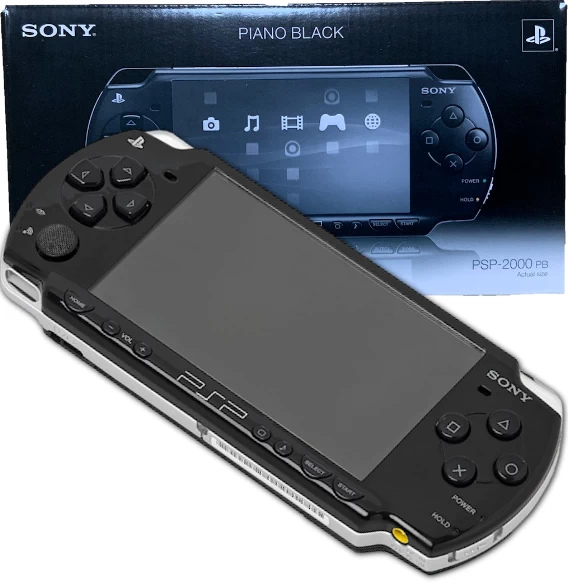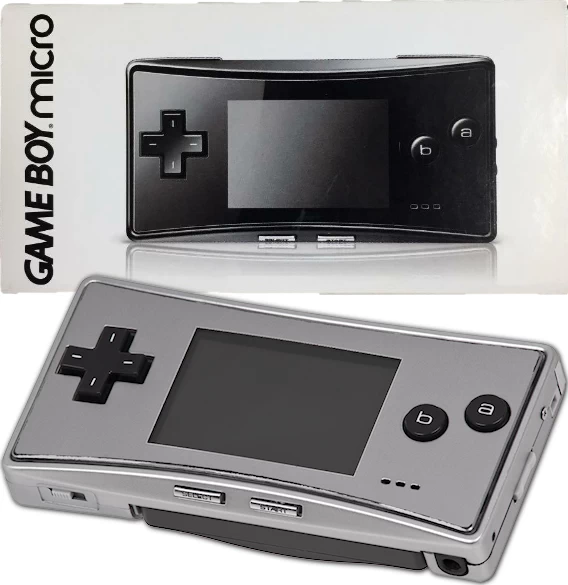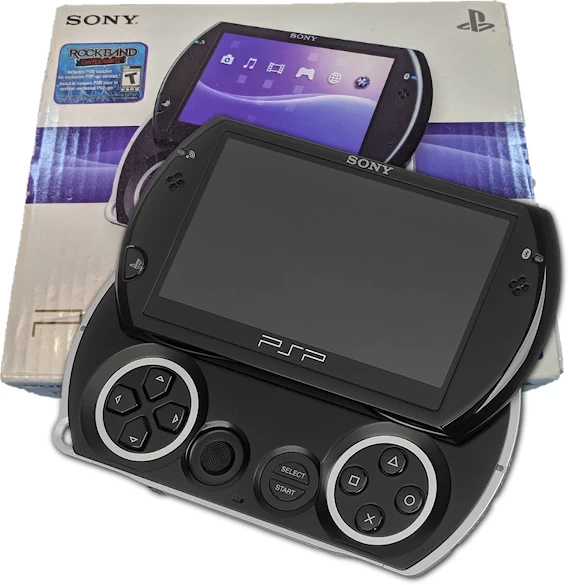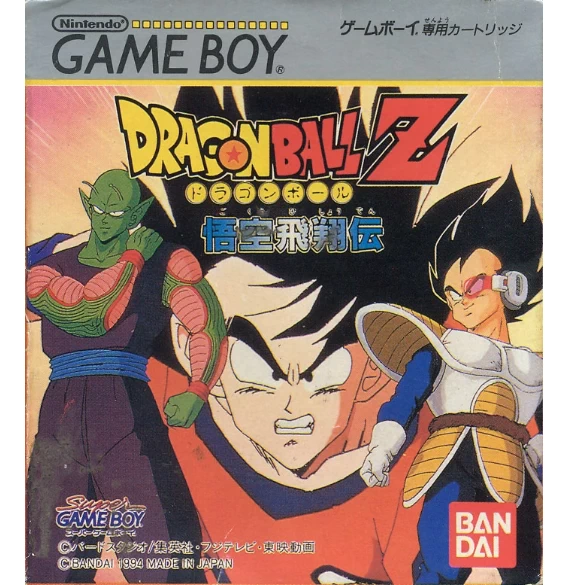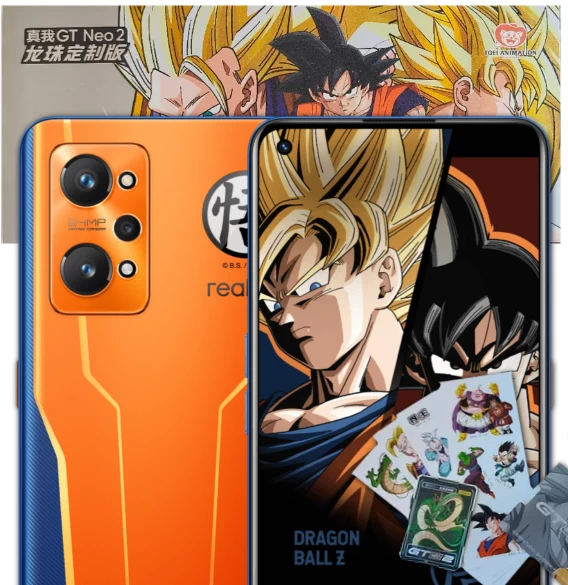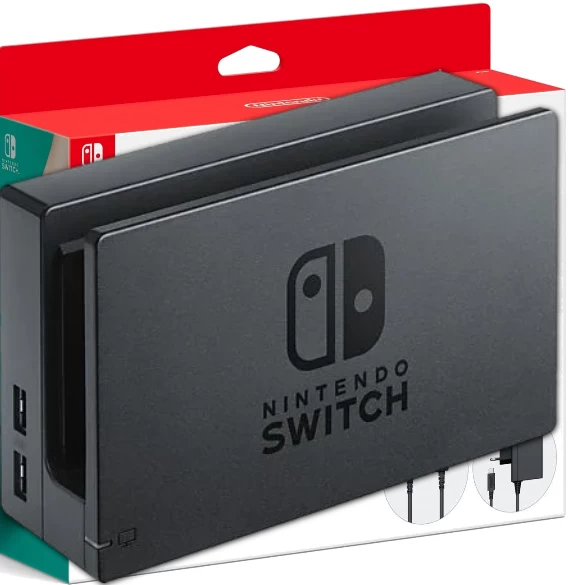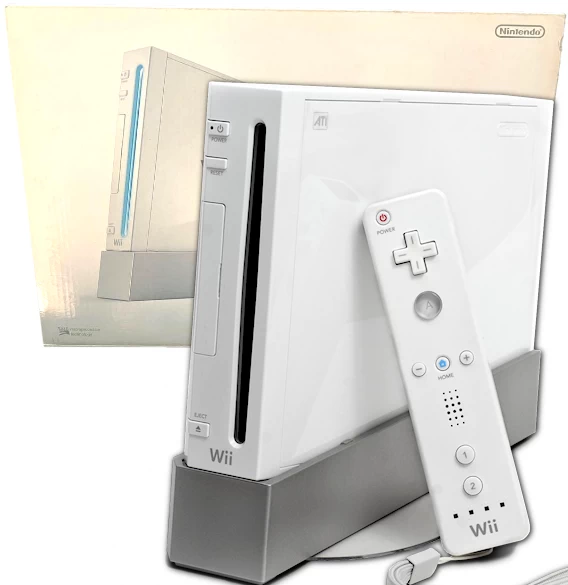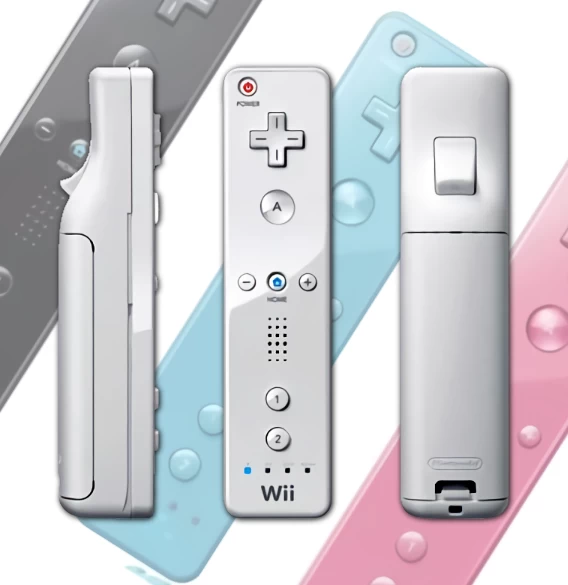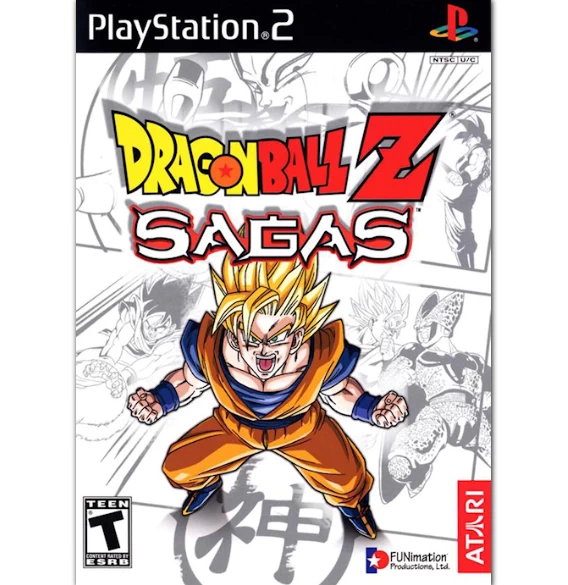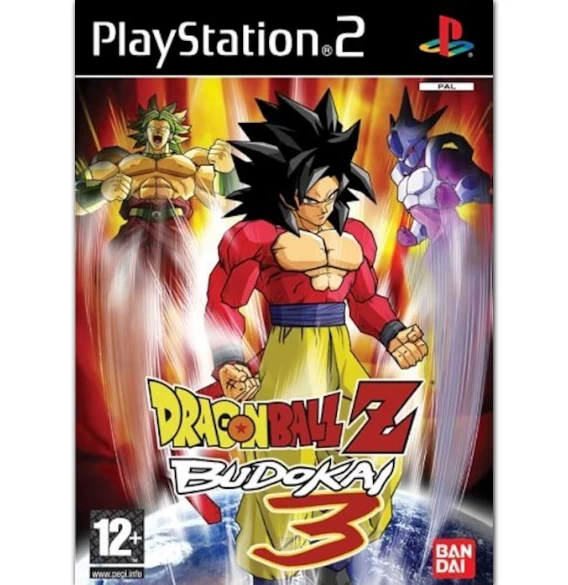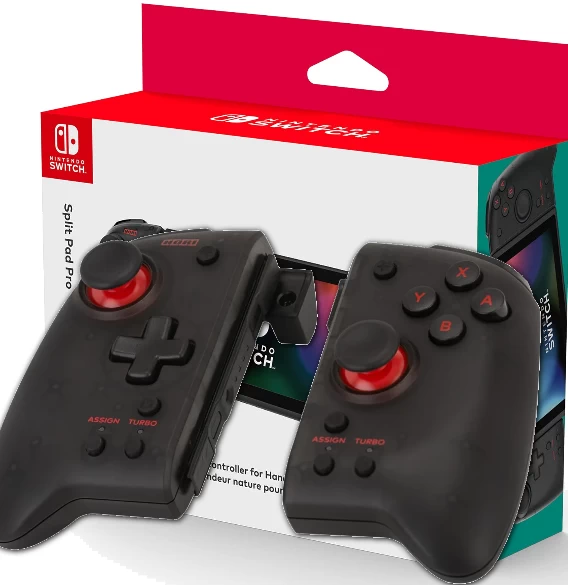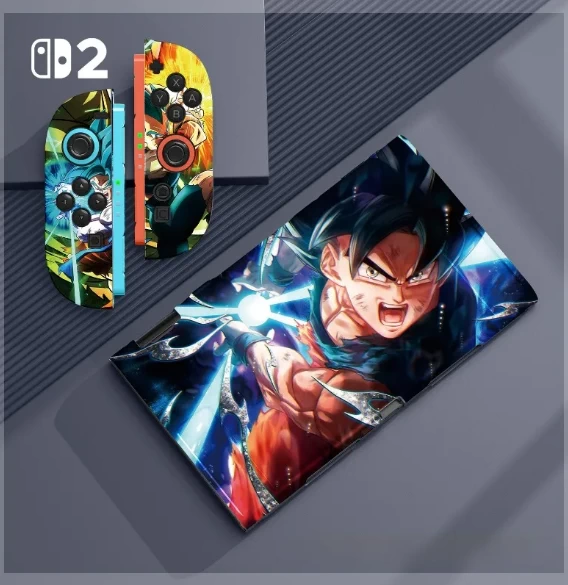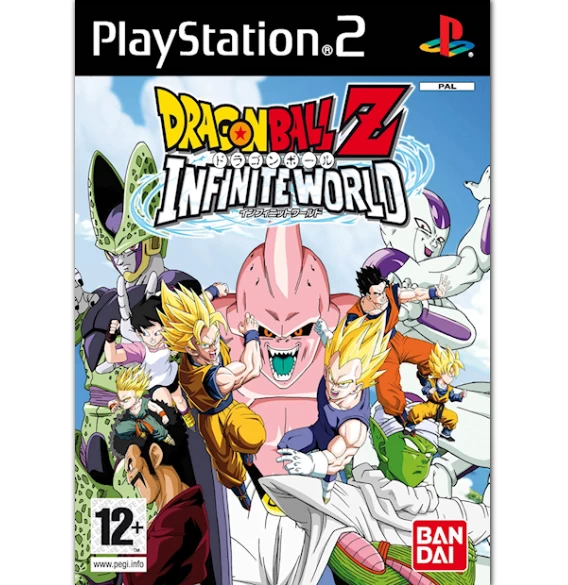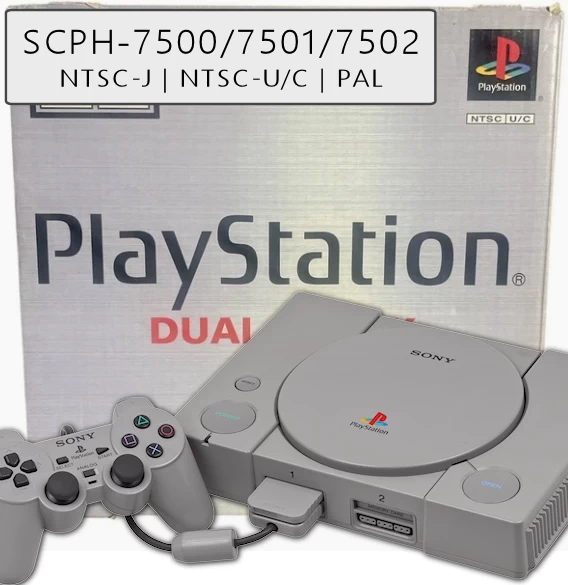All Dragon Ball video games for the PlayStation Portable (PSP)
The PlayStation Portable (PSP) and Dragon Ball: the 4 games released for Sony’s handheld console.
Four Dragon Ball games were released exclusively for the PSP: 3 focused on DBZ and one based on DB Evolution.
The PSP (PlayStation Portable), Sony’s first handheld console released in 2004 and discontinued in 2014, let us enjoy some memorable Dragon Ball Z games, like the Shin Budokai titles or Tenkaichi Tag Team. It was also one of the consoles that received a game based on the dreadful live-action movie DB: Evolution.
The 4 Dragon Ball games released for the PlayStation Portable (PSP) between 2006 and 2010.
This is the complete list of the 4 games released for PSP between 2006 and 2010. All four are fighting games. Additionally, this console has the “honor” of featuring a game based on the live-action Dragon Ball Evolution.
The different versions of the PSP (PlayStation Portable)
If we want to play the Dragon Ball games on the PSP, we’ll need one of the released versions of the console. There were up to five versions between 2004, with the first PSP, and 2011, with the PSP Street. Each one improves on the previous in size, screen, and other features.
-
PSP-2000 (Play Station Portable)
Video game consolePlatform(s):PlayStation Portable (PSP)Region(s):AUSBREUJPNNADeveloper(s):Sony Computer EntertaimentYear:2007More InformationPSP-2000 (Play Station Portable)
The PSP-2000 (PlayStation Portable), also known in some regions as "PSP Slim & Lite", is the second version of the PSP. It is slimmer than the previous one, features a video output, improvements to the screen and RAM, and some bug fixes.
-
PSP-2000 (Play Station Portable)
Video game consolePlatform(s):PlayStation Portable (PSP)Region(s):AUSBREUJPNNADeveloper(s):Sony Computer EntertaimentYear:2007More InformationPSP-2000 (Play Station Portable)
The PSP-2000 (PlayStation Portable), also known in some regions as "PSP Slim & Lite", is the second version of the PSP. It is slimmer than the previous one, features a video output, improvements to the screen and RAM, and some bug fixes.
-
PSP (Play Station Portable) - PSP-1000
Video game consolePlatform(s):PlayStation Portable (PSP)Region(s):AUSBREUJPNNADeveloper(s):Sony Computer EntertaimentYear:2004More InformationPSP (Play Station Portable) - PSP-1000
The PlayStation Portable (PSP) is the first handheld console released by Sony in 2004. It also became the first serious competitor to Nintendo’s handheld consoles, and thanks to its wide catalog and capabilities, it secured its place in the market.
-
PSP Go (PSP-N1000)
Video game consolePlatform(s):PlayStation Portable (PSP)Region(s):AUSBREUJPNNADeveloper(s):Sony Computer EntertaimentYear:2009More InformationPSP Go (PSP-N1000)
The PSP Go (PSP-N1000) is the version that completely breaks from the design of its predecessors, changing, among other things, the button layout. The screen is smaller, it has no UMD drive, so it can only play downloaded games, and for that reason, it has the largest internal storage of the four models, with 16 GB.
-
PSP Go (PSP-N1000)
Video game consolePlatform(s):PlayStation Portable (PSP)Region(s):AUSBREUJPNNADeveloper(s):Sony Computer EntertaimentYear:2009More InformationPSP Go (PSP-N1000)
The PSP Go (PSP-N1000) is the version that completely breaks from the design of its predecessors, changing, among other things, the button layout. The screen is smaller, it has no UMD drive, so it can only play downloaded games, and for that reason, it has the largest internal storage of the four models, with 16 GB.
More complete lists of Dragon Ball games and video games.
We also have more complete lists of Dragon Ball games and video games cataloged by their gaming platform, including Board Games, PlayStation, Nintendo NES, etc.
Here are some of the Dragon Ball games and video games we have for you:
Discover some of the Dragon Ball games, video games, consoles, and collectible accessories. From the iconic NES and GameBoy to the latest PC, PS5, and X-BOX titles, as well as the timeless board games.
Dragon Ball Z: Goku Hishōden
Dragon Ball Z: Goku Hishōden
DBZ: Goku Hishōden begins at the end of Dragon Ball, featuring the battle between Goku and Piccolo at the 23rd World Martial Arts Tournament, and concludes with the fight against Vegeta during the Saiyan Saga in Dragon Ball Z.
Nintendo AV Famicom (AV Family computer)
Nintendo AV Famicom (AV Family computer)
The AV Family Computer, also known as the AV Famicom, was the renewed version 10 years after the original Famicom, when the Super Famicom was already on the market, with a redesign, maintaining colors and some improvements.
This edition or version was only sold in Japan, and for the rest of the world it was released one year later, but changing the name for its European and American versions, being known as the New NES, NES Top Loader, or New Design NES, but its real name is NES-101.
The console included 2 controllers that now could be removed from the console, their colors were gray, red, and white, and the cartridges were inserted from the top of the console, which are smaller and have fewer pins than those of the Western versions, that is, the same as for the original Famicom.
As a novelty, the video output of this console was only RF (antenna cable) and AV, and it was stereo instead of mono.
Realme GT Neo 2 Dragon Ball Z
Realme GT Neo 2 Dragon Ball Z
The Realme GT Neo 2 Dragon Ball Z is a limited edition dedicated to DBZ, with 12 GB of RAM, 256 GB of storage, and a 6.62" display. It was inspired by Goku’s outfit, hence the orange and blue colors, as well as the logo with the kanji. Additionally, as a limited edition, it includes a unique box, exclusive theme, stickers, and cards.
Nintendo Wii | RVL-001
Nintendo Wii | RVL-001
The Nintendo Wii, or RVL-001, was Nintendo’s seventh-generation console, released to replace the GameCube. This console was a major gamble by Nintendo because it chose not to compete with Xbox and PlayStation in graphics power, instead focusing on gameplay and attracting casual players, not just gamers, introducing its new motion-sensing controllers to interact with games.
This console is also fully compatible with GameCube games, controllers, and memory cards.
It is Nintendo’s second home console to abandon traditional cartridges in favor of discs, but they are special discs developed by and for Nintendo, called Wii Discs, and it also reads GameCube mini-DVDs. However, the console does not play CDs, DVDs, or Blu-ray discs.
The console is region-locked, and games and memory cards are not compatible between consoles and games from different regions. There are disc-based methods to bypass this lock, or console modifications, which allow you to play your games for collecting purposes. This information is for informative purposes only, not for piracy.
Dragon Ball Z: Sagas
Dragon Ball Z: Sagas
Dragon Ball Z: Sagas is the fourth DBZ game released for the PS2 in 2005. The game was released simultaneously for PS2, Xbox, and GameCube.
It is an adventure RPG game with battles similar to those in fighting games, but in a different context. Today, we could say it is the closest thing to Dragon Ball Z: Kakarot from that era, but it is not open-world; rather, it is a linear progression, facing waves of enemies while playing the Story Mode or other game modes.
The unique feature at the time was the possibility to play 2-player co-op, completing the story with a friend. In fact, the game has no versus mode or PvP.
Its Story Mode covers the beginning of DBZ, from the Saiyan Saga to the Cell Saga.
Dragon Ball Z: Budokai 3
Dragon Ball Z: Budokai 3
Dragon Ball Z: Budokai 3 is the third DBZ game released for the PS2 in 2004. Initially, the game was only released for the PS2, but in 2012 it was remastered for PS3 and Xbox 360.
It is the direct sequel to Budokai 2 and the last entry in its saga under that name, so it remains a fighting game with 3D stages and characters, hand-to-hand combos, energy attacks, flight, transformations, etc. It includes game modes such as Duel, Story, Tournament, Shop, and Training. The game, as mentioned, features a multiplayer mode.
Its Story Mode is a bit special, as it places you on a board where you carry out battles and relive events from the Dragon World, covering all the sagas from DB classic, DBZ, DBGT, and movies.
It is the first of the three to use proper cel-shading from launch on this console.
It features 42 playable characters, some of them are: Goku and Vegeta SSJ4, Cooler, Broly, Omega Shenron, Saibaman, Mr. Satan, etc.
Dragon Ball Z: Infinite World
Dragon Ball Z: Infinite World
Dragon Ball Z: Infinite World is the ninth DBZ game released for the PS2, and exclusively so, as it was not released on any other console.
The game is the direct sequel to DBZ: Budokai 3 (not to be confused with Budokai Tenkaichi 3 or Sparking! Meteor), but it remains a fighting game with 3D characters and stages.
Its Story Mode covers all the arcs from DBZ and DBGT. The gameplay is very similar to Budokai 3, but with improved and simplified mechanics.
The game features over 40 playable characters, including: Goku, Piccolo, Trunks, etc.
PlayStation Dual Shock (SCHP-7500/SCHP-7501/SCHP-7502) | NTSC-J · NTSC-U/C · PAL
PlayStation Dual Shock (SCHP-7500/SCHP-7501/SCHP-7502) | NTSC-J · NTSC-U/C · PAL
The PlayStation DualShock models SCPH-7500, SCPH-7501, and SCPH-7502 were the fourth revisions or models released by Sony for the PS1 in 1998 for its three main regions, aimed at fixing issues and improving the SCPH-700X series.
These models belong to the SCPH-750X series, with the 7500 being NTSC-J, the 7501 being NTSC-U/C, and the 7502 being PAL.
These models still retained the extra ‘serial’ port.
They are notable for further reducing manufacturing costs and featuring a more robust and improved disc drive.
The SCPH-750X series (its 3 models) includes 1 DualShock controller, 1 memory card, a parallel port, SGRAM for the GPU, and the internal power supply, along with the new PU-22 board, more efficient and replacing the PU-20.

